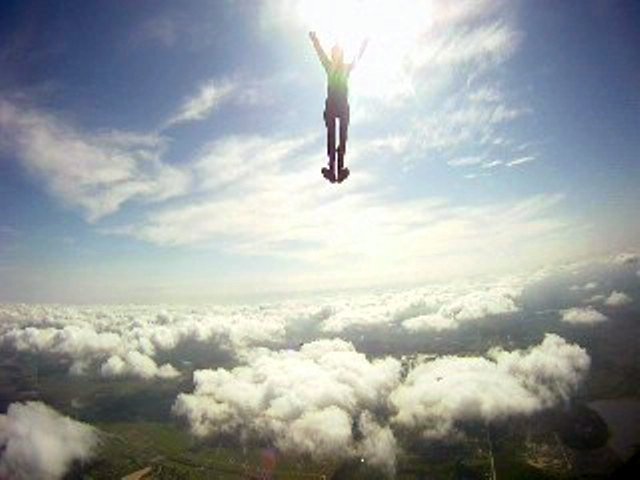
I have to second guess this serious advice, but again, I'm not sure... I would really like some input. Thank you.
By
boomslang, in Safety and Training

By
boomslang, in Safety and Training